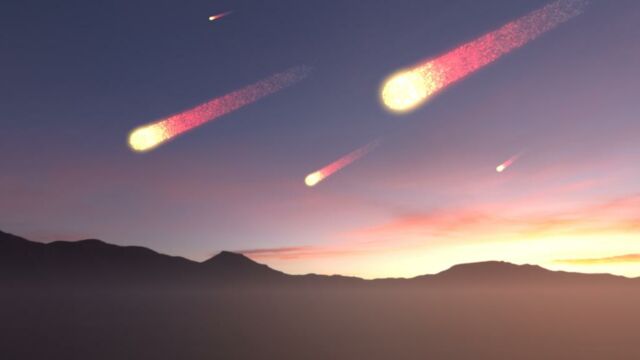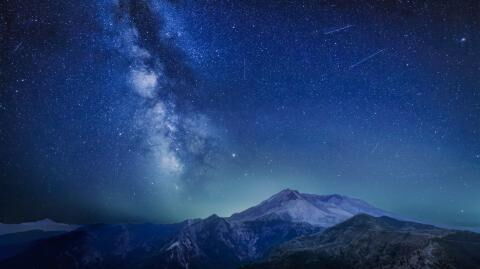In the past few months, the sky has been our personal favourite theatre as it presented us with countless special events including the Perseid, Kappa-Cygnids and epsilon-Perseids meteor showers.
Discover our latest podcast
The October sky is going to be just as amazing, with an extra special meteor shower super soon. As reported by Newsweek, the Draconid meteor shower is going to take place this week and is expected to happen between October 6 to 10.
The Draconids meteor shower takes place due to the Earth passing through the sea of debris left behind by Comet 21/P Giacobini-Zinner.

Draconid meteor shower
The report states that while many meteor showers could last weeks, the Draconids only remain active for a short period of time. As per the Royal Observatory Greenwich in London, U.K it will be between October 6 to 10. Maximum meteor activity would be on October 8.
Unfortunately, if you are expecting a full-on display of shooting stars, you might have to curb your expectations a little. According to the International Meteor Organization (IMO) calendar, meteor rates are expected to not be high this year.
Also, the almost full moon might dim your ability to view the shooting stars in their full glory.
Newsweek quotes Robert Massey, the deputy executive director of the U.K. Royal Astronomical Society as saying,
This year [the IMO] states there is no expectation of unusual activity from the Draconids, so a theoretical peak rate of 10 meteors an hour is expected, which in practice means an observer might see four.
But this will be made harder by the light from the nearly-full moon, so casual observers may not notice much at all.

Where and when to see the Draconids
As per the report, the best views of the Draconids is from the Northern Hemisphere. The best time to view the meteor shower is after nightfall.
In spite of the projected low meteor rates, as stated above, this meteor shower is temperamental and it has occasionally in the past surprised observers by producing a large number of meteors.
Sources used:
Newsweek: ‘Draconid Meteor Shower 2022: What You Need to Know about Unusual Light Show’
Royal Observatory Greenwich: 'When and where to see the Draconid meteor shower'
Read more:















